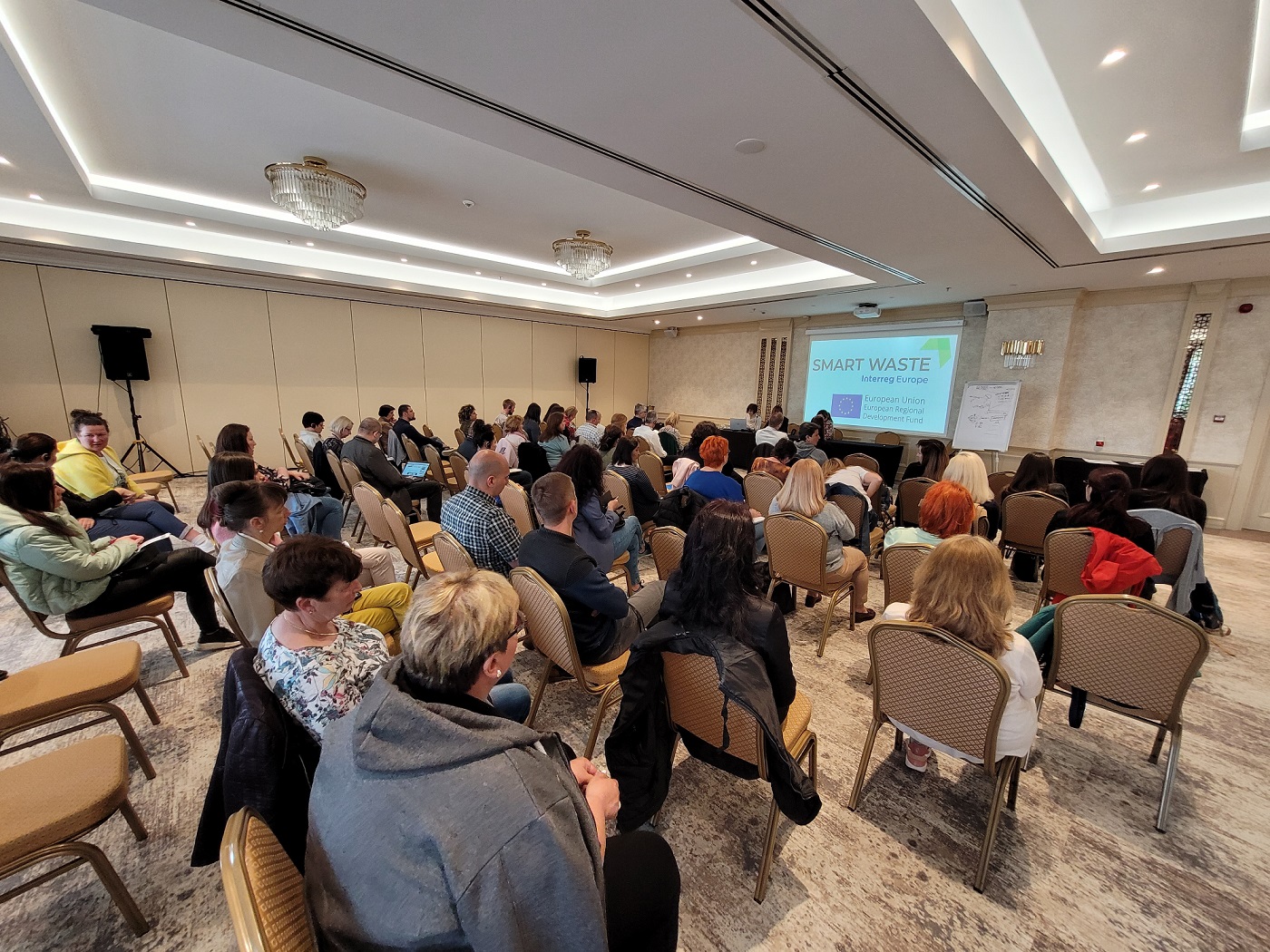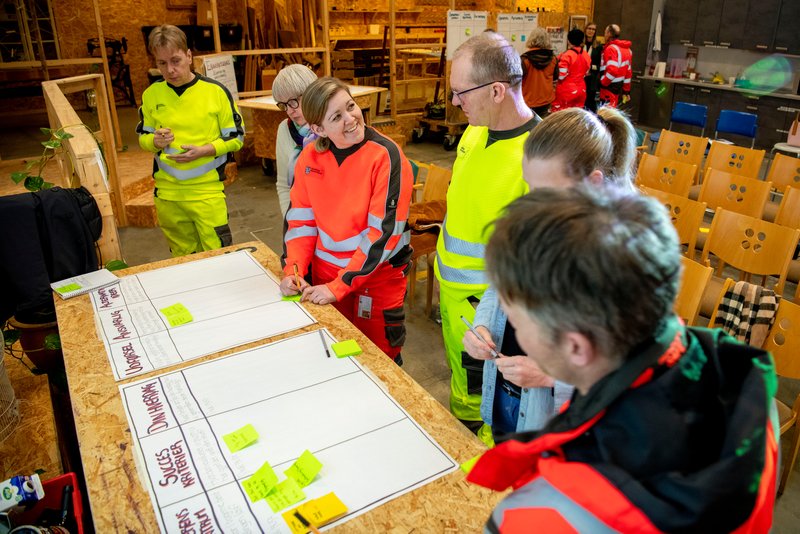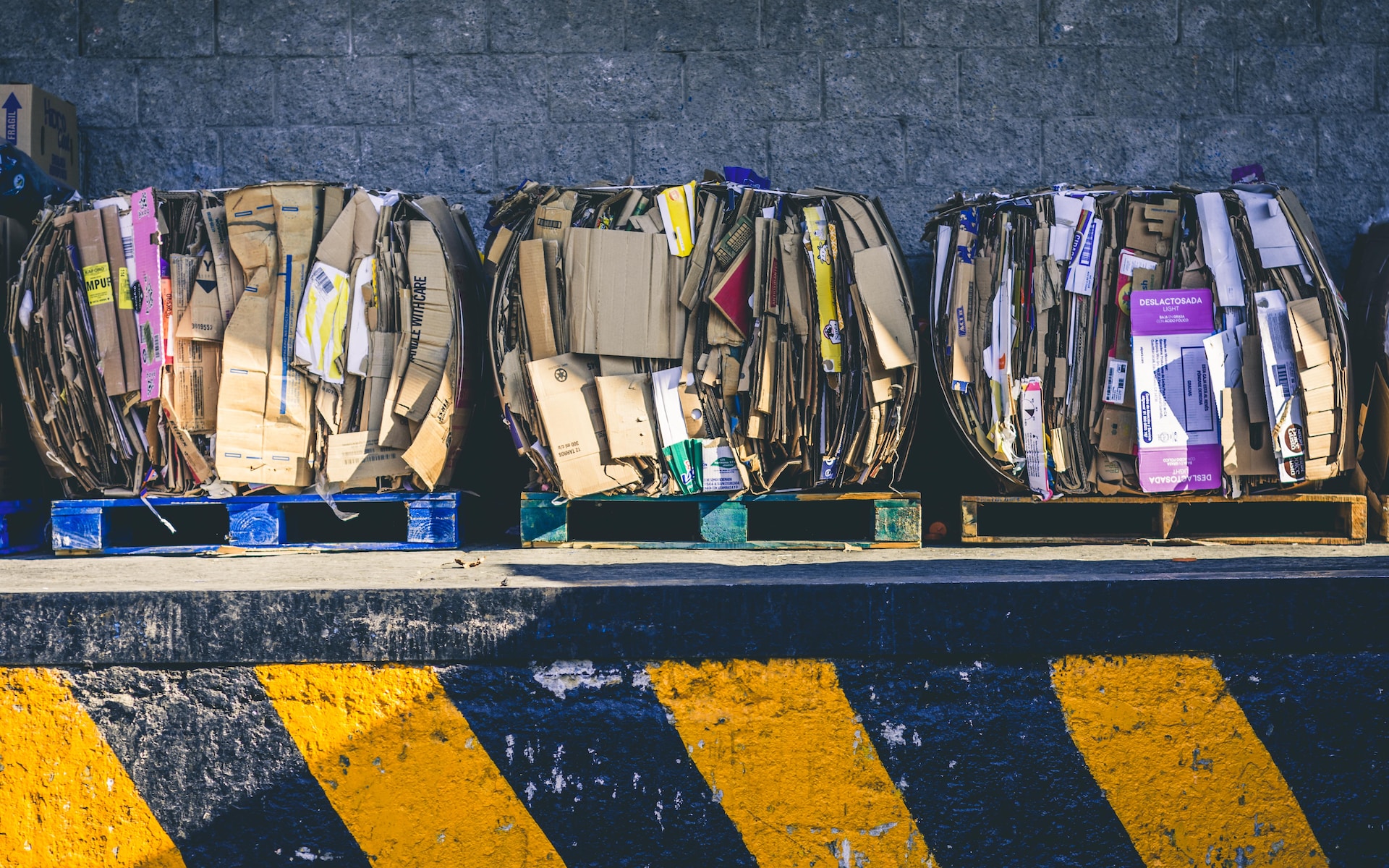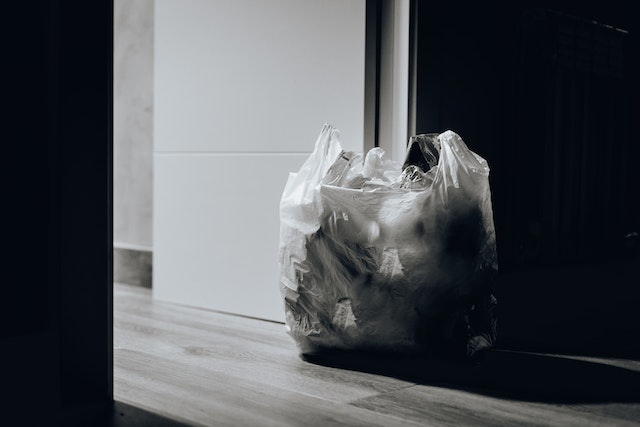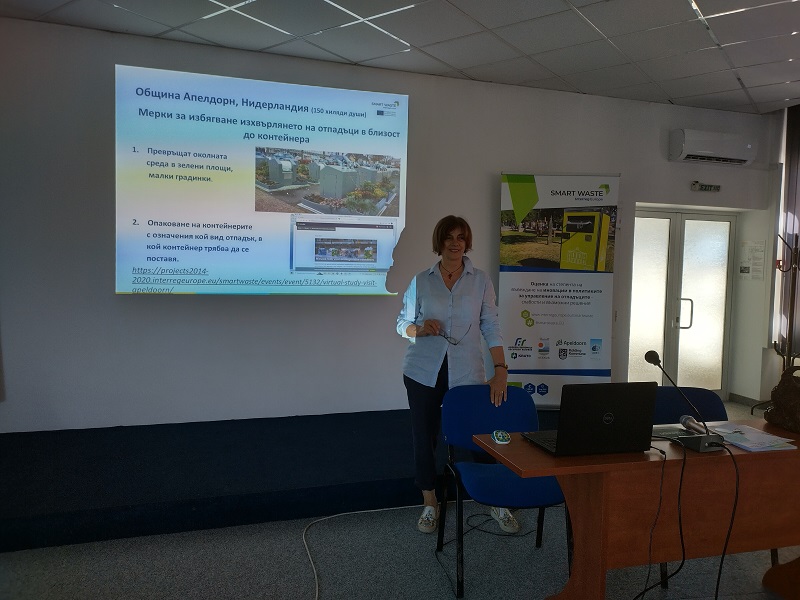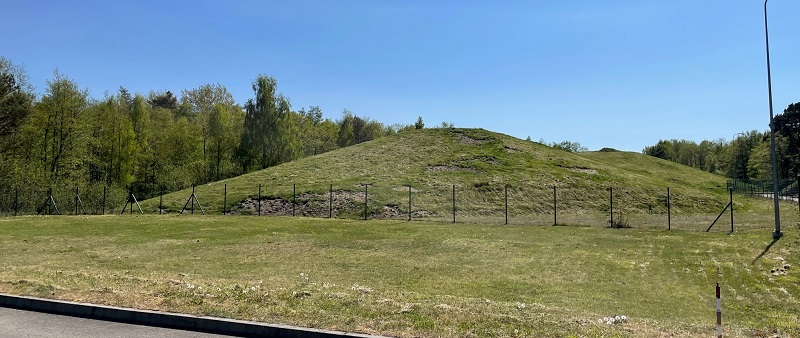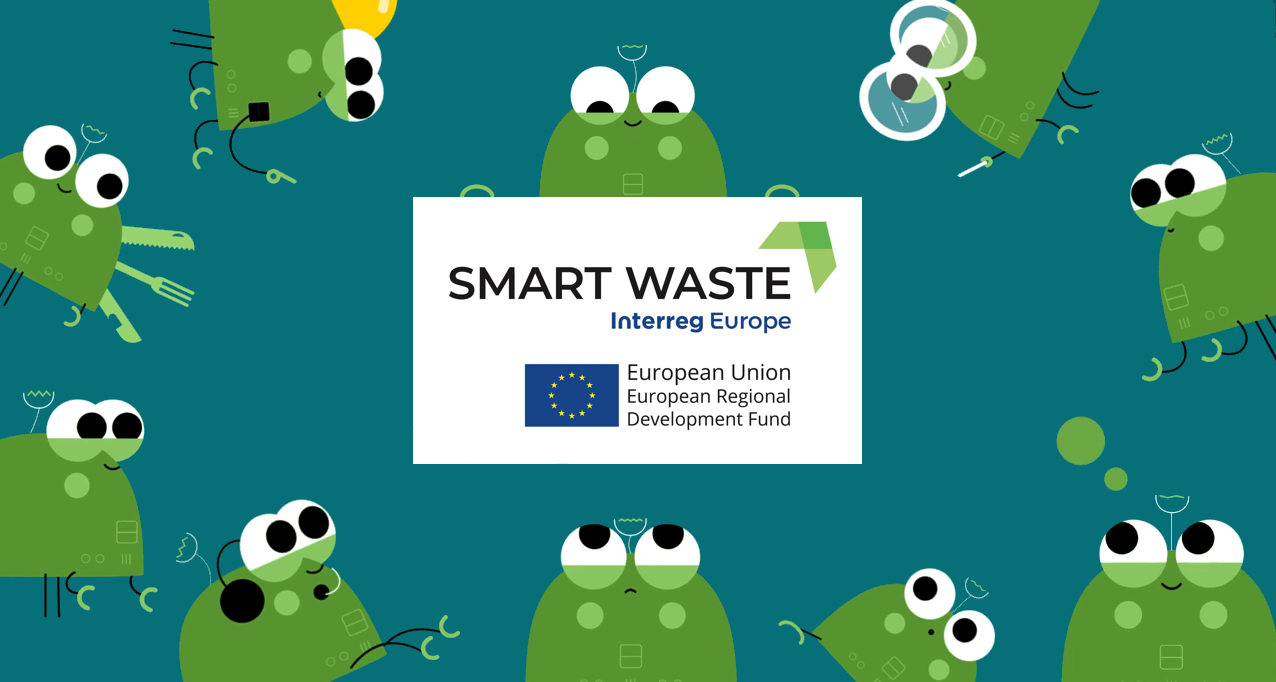The 2020 edition of the multi-thematic statistical book “Energy, transport and environment statistics” highlights the EU Member States’ waste generation by economic activities and households in 2018.
It provides data in the form of percentage of waste generated by mining and quarrying, manufacturing, energy, construction and demolition, other economic activities and households in relation to total waste generation in every EU Member State. SMART WASTE partners’ respective EU Member States show very different composition of the total waste generated. Differences are relevant both related to the EU 27 average as well as among partners’ respective EU Member States. On the EU 27 level, the main source of total waste is the construction and demolition sector, accounting for almost 36% of the total waste generated. Data for SMART WASTE partners’ respective EU Member States show very different contribution of construction and demolition activities to the national total waste generation, ranging from 70% in the Netherlands to almost 0% in Bulgaria.
Share of the waste from construction and demolition activities in the total waste generation in SMART WASTE partners’ respective EU Member States is given below:
o Bulgaria (P4 – BAMEE): 0.1%
o Lithuania (P3 – KRWMC): 8.8%
o Belgium (P5 - ACR+): 33.5%
o Italy (LP – ARRR): 35.3%
o EU 27: 35.7%
o Denmark (P2 - Municipality of Kolding): 56%
o Netherlands (P6 - Municipality of Apeldoorn): 70%
As could be seen, according to this report construction and demolition activities are the main source of waste both on the EU 27 level as well as in 4 out of 6 SMART WASTE partners’ respective EU Member States.
According to a briefing entitled “Construction and demolition waste: challenges and opportunities in a circular economy” published in 2020 by the European Environment Agency (EEA), circular approaches are key to increasing the quality and quantity of recycling and reuse of construction and demolition waste. The key messages of the document are:
o EU countries are on track to fulfil the 70 % recovery target of 2020, with most countries already exceeding the target in 2016.
o The high recovery rates of C&DW in Europe are mostly achieved by using recovered waste for practices such as backfilling and low-grade recovery applications, reducing the potential to move towards truly circular waste management.
o Increased waste prevention and higher and better quality recycling can be achieved by overcoming uncompetitive pricing, lack of trust in the quality of secondary materials, lack of information on the composition of materials used in existing buildings and the long delay between implementing actions on new buildings and their effect on waste management several decades later.
o Circular economy-inspired actions, facilitated by measures such as standardising secondary raw materials and sharing information among stakeholders, have a high potential to contribute to increased waste prevention and to higher and better quality recycling.
Resource: https://ec.europa.eu/eurostat/en/web/products-statistical-books/-/KS-DK-20-001


